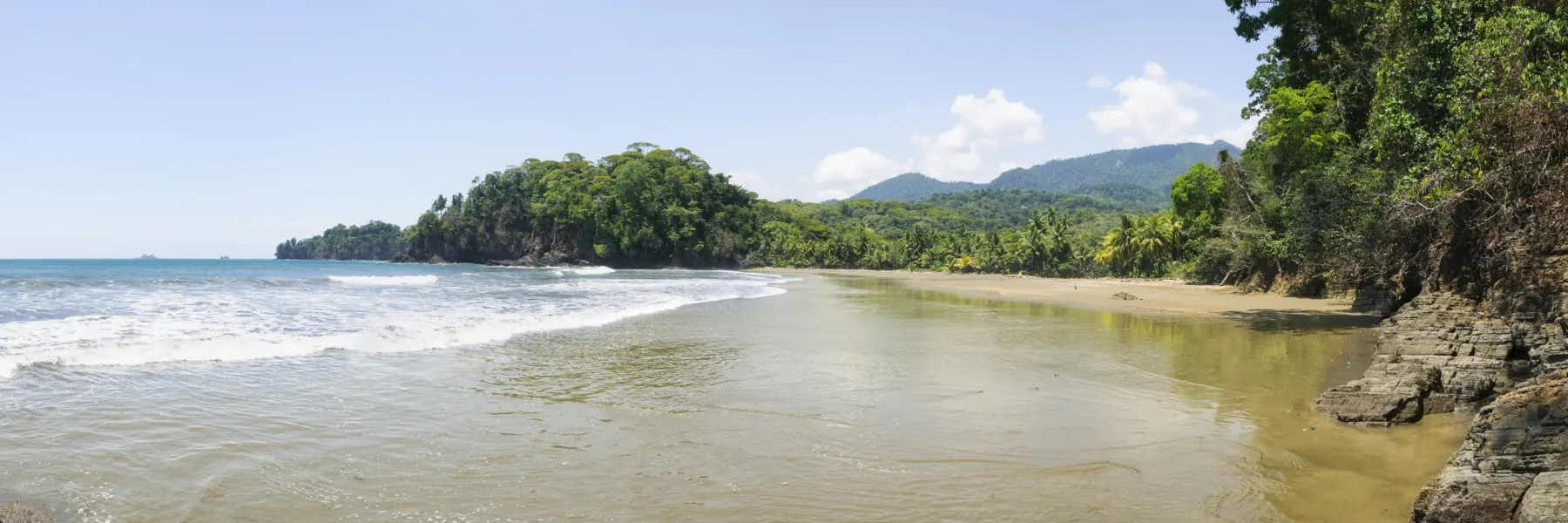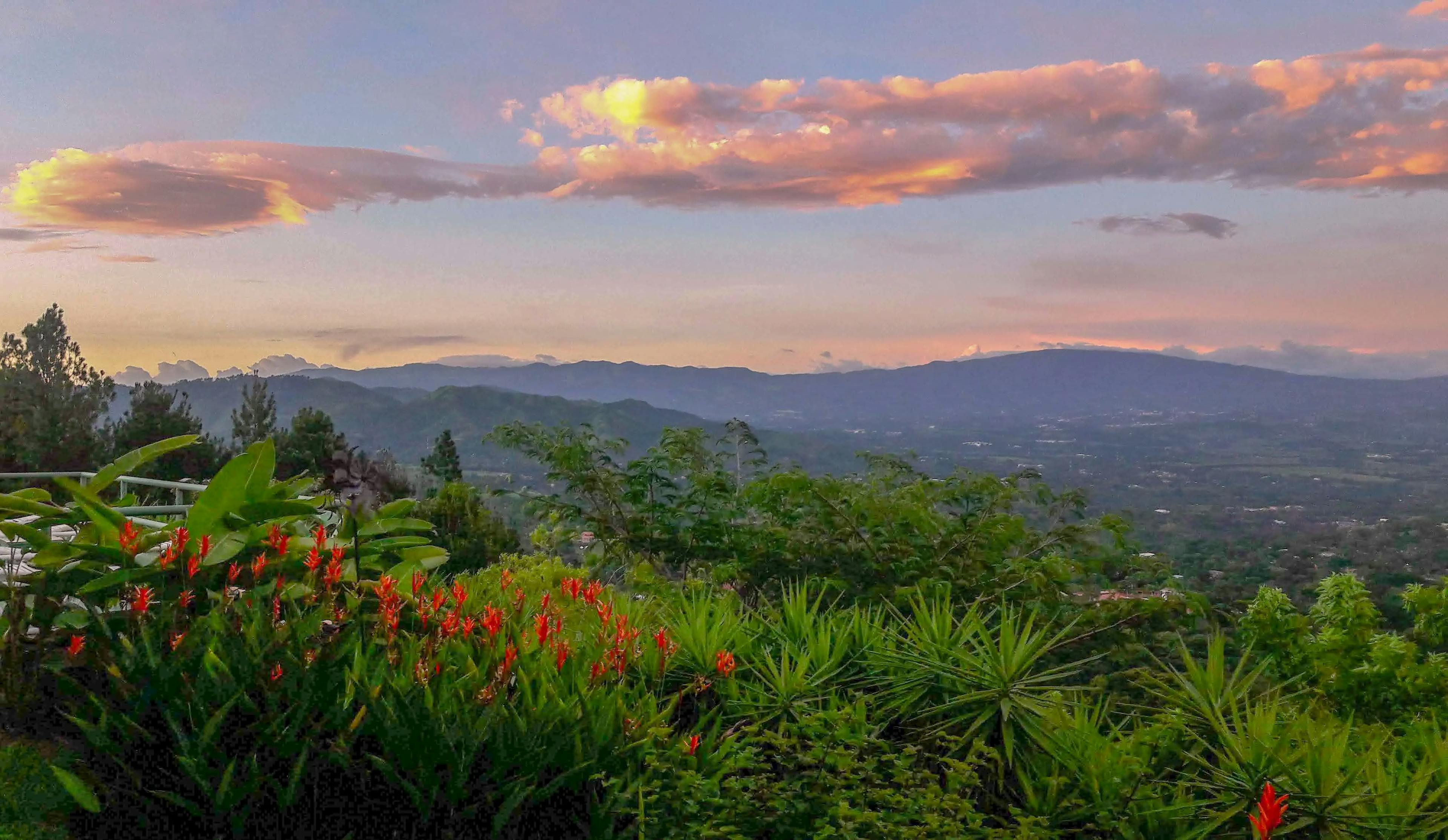Dominical is the gateway to Costa Rica’s Southern Zone, the next hotspot for expats looking for a new and exciting lifestyle. Costa Rica has been attracting both tourists and expats for many years due to its proximity to North America, stable climate, stable government, and a reputation for sweet and hospitable people. The Southern Zone of Costa Rica has only been developed commercially in the last ten years, after they paved the coastal highway south of Manuel Antonio. When we arrived six years ago, Dominical consisted of two main streets, unpaved, featuring $10-per-night hostels and a few taco stands and bars for the surfers to enjoy after riding the waves.
Now, the hum of civilization can be heard below the crashing waves and reggae music seeps from the bars. Originally a sleepy little fishing village, Dominical is being thrust out of the 19th century straight into the 21st. But a warning: If you’re looking to replicate your North American lifestyle, you’ll probably be much happier in San Jose and surrounding Central Valley, or farther north near Playa Flamingo. If communing with natural flora and fauna is what you’re looking for, and you can adapt to a simpler life without the usual must-have items, you may be ready for a home in Costa Rica’s Southern Zone.
Retire in Dominical
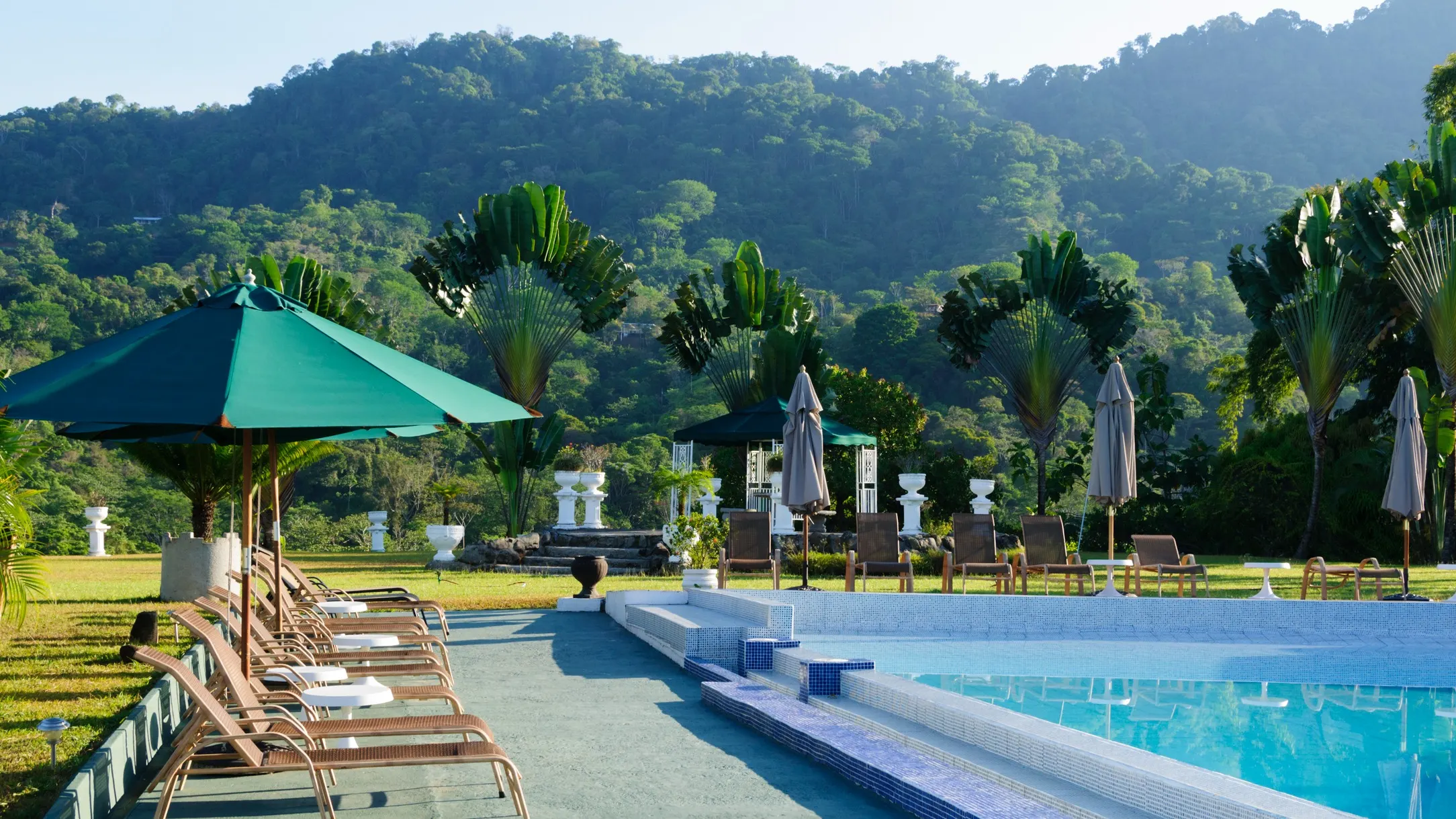
The most important question when retiring is always, “What will we do every day?” Sitting at the beach and socializing with beach mates is one cheap and highly enjoyable answer. The beaches of Dominical and all the other beaches within a 25-minute drive are unique and ever-changing, as the mighty Pacific constantly carves out new seascapes. Tired of salt and surf? The mountains are right behind you! A ten-minute drive up a twisty but beautiful mountain road will take you to Eco Chontales Waterfall, where you can walk the 2.5-mile trail or ride in the well-padded, open truck/limo to the falls. Stop by Reptilandia if serpents from around the world beckon to you.
Just south of Dominical on the coastal highway you will find Villa Alturas, a lovely hotel which also features an animal rescue park. Zoos are forbidden in Costa Rica, but animals which can’t be released into the wild because of previous domestication or injuries can be displayed and cared for. Villa Alturas features many of the region’s animals, including monkeys, sloths, parrots, macaws, and many other birds and mammals. Admission is $25 for adults and $15 for kids aged three to 12 years old. You may also volunteer to work there a day a week, if interacting with the critters appeals to you. Hacienda Baru is close by—a jungle experience with well-maintained hiking trails where you may see white-faced monkeys and plenty of other jungle inhabitants, as well as take part in thrilling zip line adventures.
But what about the heat? One of the benefits of life in Costa Rica is the consistency of the climate. This close to the equator, the temperature stays the same pretty much year-round, in the mid-70s F to mid-80s F, easing into the low 90s F down at the beach. The only options are sunshine or rain. Traditionally, the sun shines from early December to early May, with little or sometimes no rain. Then the rain starts, usually daily. However, on an average day in the rainy season, the sun shines until early afternoon, giving you plenty of time to run errands or hit the beach before the cooling rain sluices down through the jungles and the mountains. The humidity in all of Central America stays pretty high, but usually the ocean breeze keeps the air comfortably swirling around.
Housing in Dominical is limited, and most expats choose to live in the mountains just above “Domi”, as the locals call it. Rental housing is limited here, so most expats rent for six months or so, while they either search for existing housing or buy property and find a contractor to build. It’s strongly suggested that you visit here a few times until you decide which part of Costa Rica suits you best, then spend a few months there to make sure. Real estate agents aren’t licensed here, but there are many experienced professionals who can speak English and will help you find what you’re looking for. Just remember you’re operating in another country, and things work differently here…
Medical care is another hot topic when retiring, and Costa Rica is very proud of its facilities. There are three major hospitals within 30 minutes of Dominical, all of which feature well-trained doctors and staff. Most insurance plans are accepted here. And any non-essential surgery or dental work will be astoundingly low cost if you’re used to North American pricing.
Get Your Free Costa Rica Report Here
Get Your Free Costa Rica Report Here
Learn more about Costa Rica and other countries in our daily postcard e-letter. Simply enter your email address below and we’ll send you a FREE REPORT - Explore the Old World in Laidback Costa Rica.

By submitting your email address, you will receive a free subscription to IL Postcards and special offers from International Living and our affiliates. You can unsubscribe at any time, and we encourage you to read more about our Privacy Policy.
Things to Do in Dominical
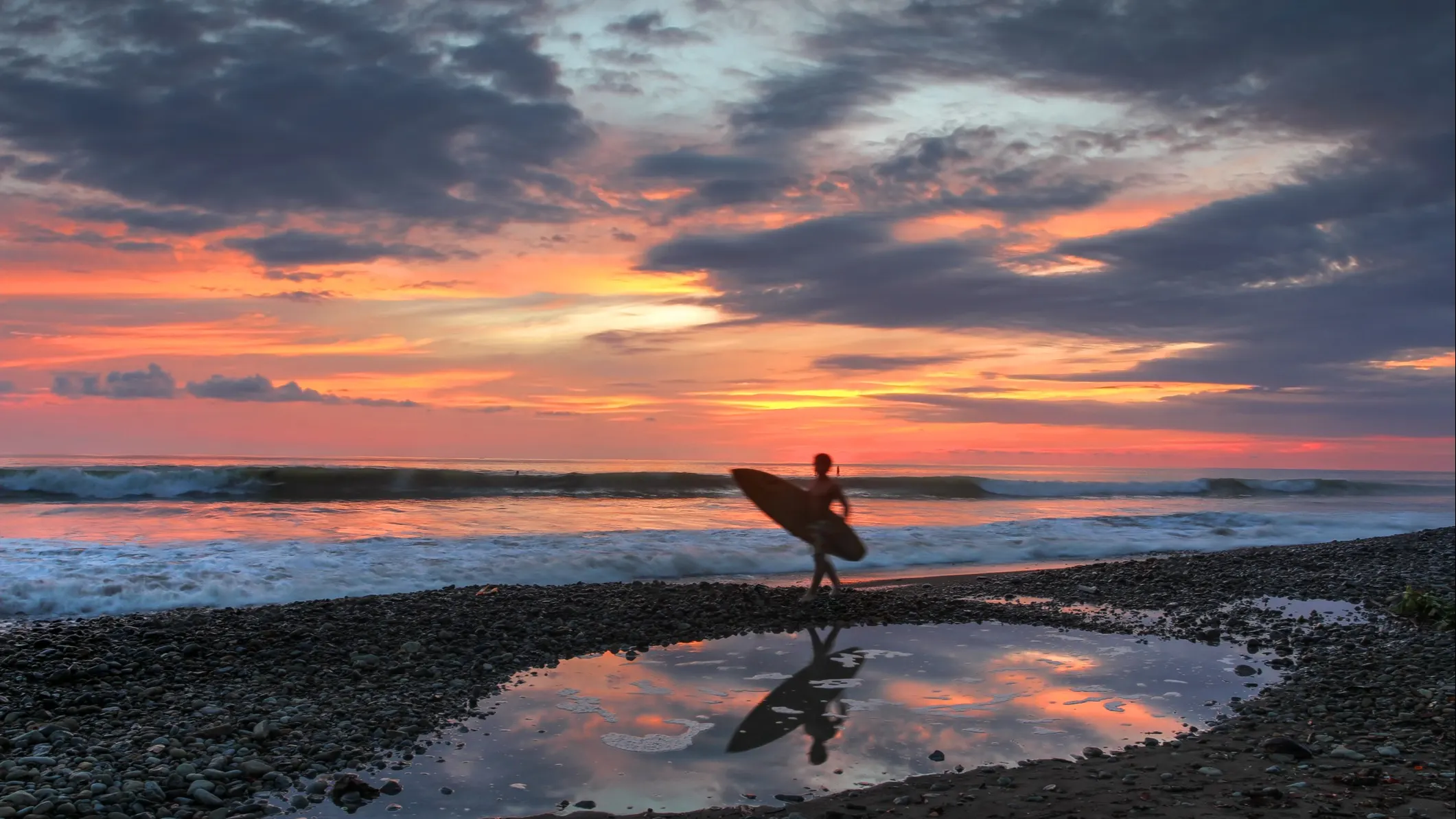
Since the ‘70s, Dominical has been on most surfers’ list of gnarly waves, so you can usually sit on the beach and watch a dozen or so of them waiting for the “big one”. There are a handful of surf schools operating if you’d like to join the fun, or you can just buy a foam boogie board if you want to ride in on your tummy; everyone is welcome!
There are a few places you can hang out with the surfers later and eavesdrop on tales of the day’s big waves. Tortilla Flats is always a good place to find the surf crowd and other locals sipping a few beers over a plate of wings after a day on the water. In the morning, try Mono Congo, which sits on the Barú River where it empties into the Pacific, and which has a great healthy food menu in the $8 range. Sunsets are spectacular there, so you’ll want to arrive in time for a table. The same owners have a Thai restaurant across the street called the Phat Noodle, in the same price range. The most spectacular restaurant/bar is the Fuego Brewing Company. An open-air, two-story affair, it’s constructed entirely of local bamboo. The first floor is a state-of-the-art brewery where they turn out their craft beers. They’ve recently opened the Fuego Coffee Roasting Company on the same site, where you can enjoy fresh coffee specialties in the morning or buy a bag to take home. Stellar tacos are found at the Del Mar Taco Shop—the fish tacos are especially recommended. Live music has been unavailable during the pandemic, of course, but places such as the Rum Bar, the Krazy Kinkajou, and the aforementioned Fuego Brewing Company are usually reliable places for late-night entertainment. Dominical Sushi is consistently good, with most plates in the $10 range. The tuna and red snapper caught daily just offshore ensure the freshest and most delicious sushi!
Speaking of fish, world-class charter fishing is available 30 minutes north on the coastal highway in Quepos. Marina Pez Vela is a beautiful place to enjoy a great lunch overlooking the marina, but even more exciting is a day on the water with one of the experienced charter captains available to seek battle with the many billfish, tuna, mahi-mahi, or other game fish swimming just off the coast. Benn Gilmour’s Jackpot Sportfishing is highly recommended. The Ocean King and other large catamaran adventures are a fun way to get on the water from the Quepos marina. The spectacular scenery from offshore alone is worth the $80 or so per person, but the waterslides, snorkeling, and dinner buffet really make this a great deal. Oh yeah, there’s an open bar, too…
Cost of Living in Dominical
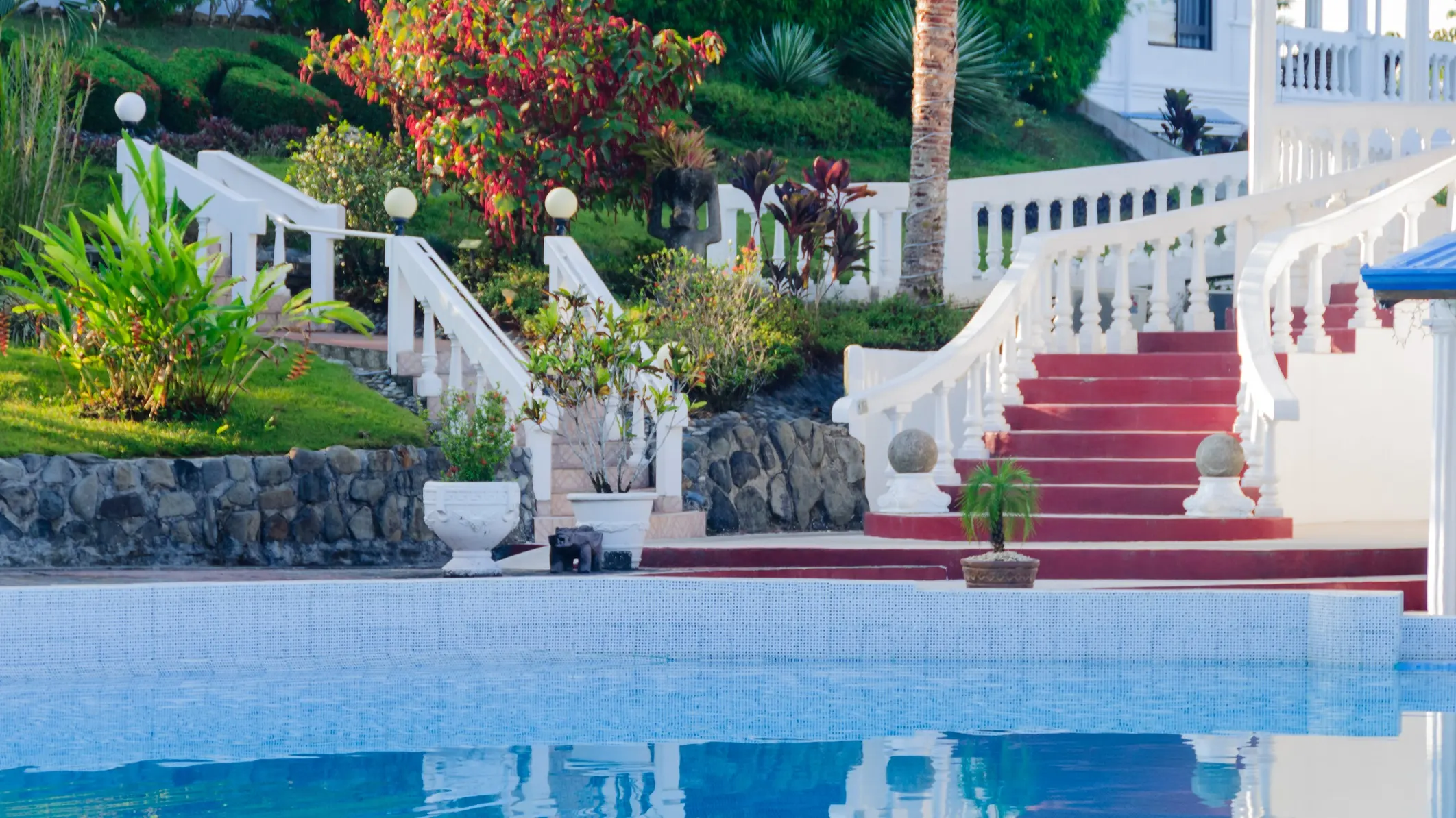
Here is a sample monthly budget for Dominical:
| Expense | U.S. $ |
|---|---|
| Rent (furnished two- to three-bedroom house) | $900 to $1,200 |
| Utilities | $75 to $400 |
| Transportation | $50 to $100 |
| Miscellaneous (yoga, medical, housekeeper, etc.) | $255 to $330 |
| Groceries | $400 to $800 |
| Entertainment | $500 to $1,000 |
| Monthly total: | $2,180 to $3,830 |
Notes:
Rent: A furnished house with two to three bedrooms can be had for $900 to $1,200 a month. A house with a pool and an ocean view might be $1,200 to $2,200 a month.
Utilities: Can range from $75 a month to $400, depending on how much electricity you use, which is quite expensive. We have never had air conditioning in the mountains, but it’s a different story down at the beach.
Transportation: A bus ride up the highway will cost $2 or $3. Taxis around Dominical are about the same, although everything is within walking distance. Cars are frighteningly expensive here, mostly due to the massive import taxes charged. A ten-year-old Suzuki Vitara will cost $5,000 to $8,000, depending on its condition. This is a common car here, they are reliable, and the parts are usually available. Be careful, ask a reputable mechanic for advice when buying any car, as some parts are impossible to obtain in Costa Rica. Gas is taxed heavily to pay for roads, so expect to pay $4.75 to $5 a gallon for regular. Expect to spend $50 to $100 a month for transportation.
Miscellaneous: Most people practice yoga, average $10 a class, twice per week. Housekeeping is a great bargain. A good housekeeper will cost $25 a week.
Medical: As a retired resident, you can participate in the socialized medical program for roughly $75 to $150 per month. This covers all expenses. The closest medical care is 30 miles north, in Quepos.
Groceries: $400 to $800 a month. Food items the Costa Ricans (also known as ticos) purchase are reasonable, but imported items for the gringos, such as maple syrup or peanut butter, can be quite expensive.
Entertainment: Dinner for two with drinks at a nice restaurant such as Ricar2 (which has a full-size 727 parked on the lot) will cost between $50 and $75. $1000 a month will cover 2-4 meals out per week, plus occasional charter fishing trips, volcano trips, whale watching twice a year, turtle watching, or cacao farm visits. Cultural events or movies are not available in this area, so entertainment is usually dinner out or socializing with the growing number of expats living in the Dominical area. Dart leagues and card nights are very popular…BYOB.
You’ll need between $2,000 to $4,000 a month in Costa Rica, depending on how lavish you’d like your lifestyle.
Get Your Free Costa Rica Report Here
Get Your Free Costa Rica Report Here
Learn more about Costa Rica and other countries in our daily postcard e-letter. Simply enter your email address below and we’ll send you a FREE REPORT - Explore the Old World in Laidback Costa Rica.

By submitting your email address, you will receive a free subscription to IL Postcards and special offers from International Living and our affiliates. You can unsubscribe at any time, and we encourage you to read more about our Privacy Policy.
Dominical: In a Nutshell
By David Bohn
Life in Costa Rica is usually quite pleasant. High-speed, fiber-optic internet is available in many places. Water and electricity are usually dependable. The Dominical area is becoming very popular with expats, most of whom live 10 to 30 minutes above Domi in the mountains. Lots in mountain neighborhoods such as Lagunas, Baru, Platanillo, and Tinamastes are in demand and many houses are being built. In the next few years, this area will grow exponentially as it’s only a three-and-a-half-hour drive to the airport in San Jose or a 20-minute flight to San Jose from Quepos on Sansa, the 12-passenger puddle jumper. (One way on Sansa is about $75, plus luggage weight.) With growth will come hotels, restaurants, and other corporate entities. What is a rural paradise will slowly become more commercial, similar to Manuel Antonio or Jaco. But for now, it’s still a wonderful place to encounter nature in all her raw beauty, at least for another five to ten years!
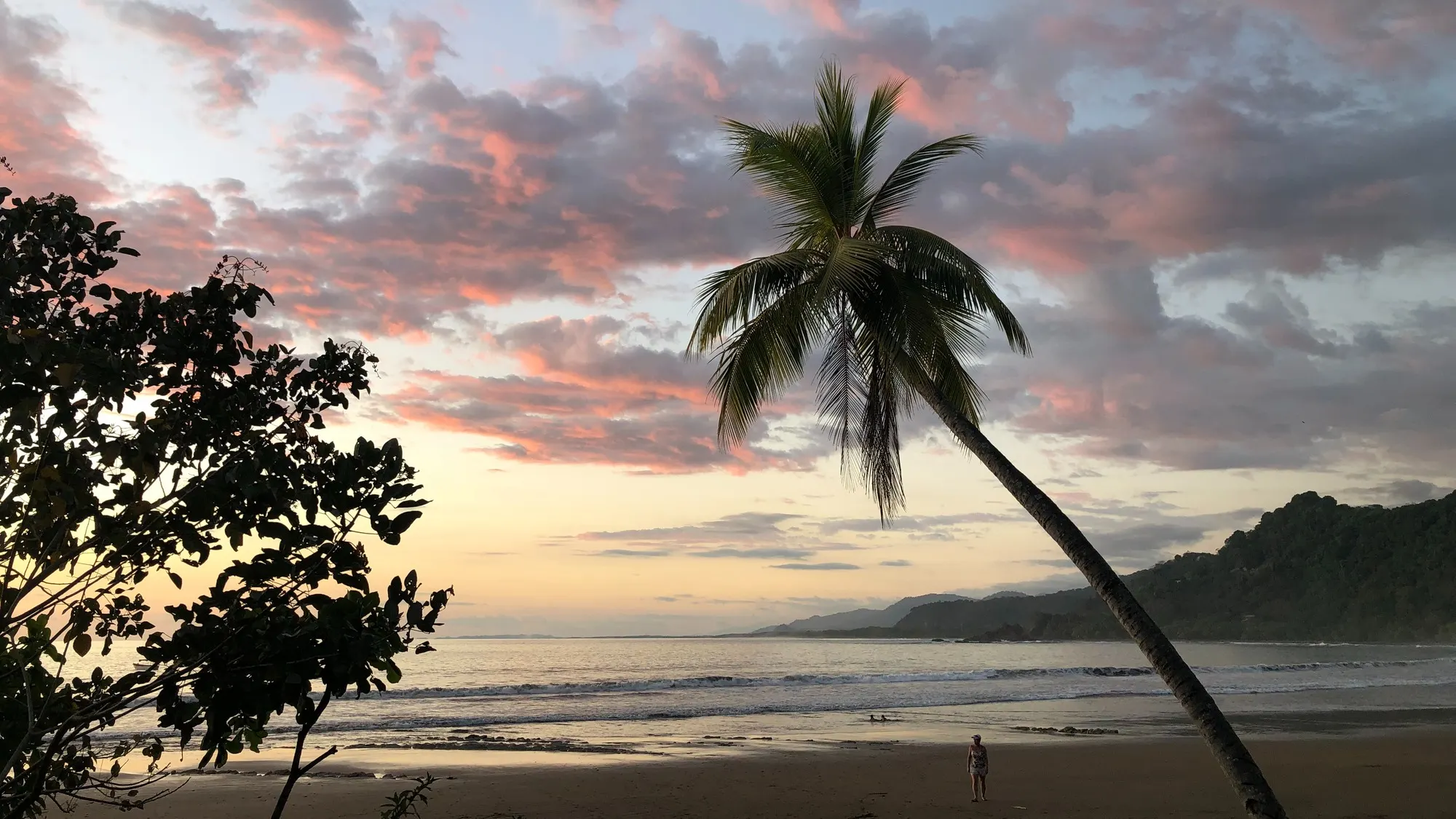
The Fun and Funky Costa Rican Beach Town of Dominical
By Jason Holland
The southern Pacific coast of Costa Rica, known as the Southern Zone, is a place of raw, natural beauty. Tall, tree-covered mountains and hills come right up to the shore. The beaches are uncrowded to the extreme—often you could be the only person around. Of course, you might have some other species as your companions. The region’s rainforests are some of the most bio-diverse on the planet, full of creatures like blue morpho butterflies, three-toed sloths, capuchin monkeys, toucans, and more.
A series of small beach communities run up and down the coast. If you’re coming south on the coastal highway the first one you hit officially in the Southern Zone is Dominical. It’s ideal for those seeking a relaxed life, with modern conveniences like high-speed internet and reliable electric service, as well as comforts like food markets (well-stocked with imported and organic products) and international restaurants.
This village by the sea has just a few streets lined with restaurants, shops, and simple hotels. The place to be is the beach road. On one side you have beach bars and restaurants—open air and serving filling, cheap meals (and cold beer). On the other side you have rows of handicraft vendors in the shade of palm trees. And beyond that you have the beach and blue Pacific. It’s laidback; no shoes, no problem…the perfect escape.
https://youtu.be/g3LVszmeLZU
This area was somewhat isolated from the rest of the country for many, many years. The road was rough, the bridges scary. From the capital, San José, the journey took six, seven, eight hours, sometimes more depending on road conditions. Fortunately, the coastal highway (La Costanera) was completed in 2010 and now you have smooth well-maintained pavement the whole way.
This improved access has brought change to the region. There are more tourists and more expats…and more conveniences and services. But what makes this region special—the jungle, wildlife, and the untamed beaches—has not been spoiled. Development is limited. No big hotels or resorts on the beach and no cookie cutter housing projects. It remains a unique and beautiful region in Costa Rica.
Taking Advantage of Fresh Opportunity in Dominical, Costa Rica
By David Bohn
Every small town needs at least one person keeping its citizens’ heads looking their best. When stylish, professional haircuts are available, civic pride swells, the dating scene picks up, and the town just seems more like a place where smart people would want to live, doggone it. When Kelly Brower left California to set up Medusa, her hair cutting shop in Dominical, Costa Rica, she had no idea of the impact she was about to have on this little surfing village.
Kelly explains, “When I was a little girl we would come to the Southern Zone for vacation time. Dominical was the closest beach to us, so I always loved this beach. I love this area and there’s a great expat community, so I was like ‘Oh, I fit in great here and have the best of both worlds.’”
With a fresh fruit and vegetable stand across the street from her shop and a small grocery store specializing in organic products just down the street, for Kelly, eating healthy is only natural. On her off days, Kelly says, “I go to the beach all the time and I try to discover new beaches that I’ve never been to. I take Jimmy, my chihuahua, to the beach where I surf, read, do yoga, and explore waterfalls. There’s just so much to do here.”

Kelly was pleasantly surprised by the operating costs in Dominical compared to her home in Modesto, California. “I pay $370 a month for my salon plus about another $100 for electricity. Compare that to what I used to pay: in California it was $450 a month for just a chair and a mirror at a salon.” Her home, an unfurnished two-bedroom, one-bathroom apartment for her and Jimmy, costs Kelly $140-a-month with utilities. It’s a little way up the road from Dominical in the lush green mountains, where the swirling ocean breezes keep the temperatures in the lower 80s during the day, falling to the comfortable mid-70s at night. Kelly loves falling asleep to the sounds of the surrounding jungle, then awakening to the squawks of the parrots and toucans beginning their day.
As the charm, accessibility, stability, and overall beauty of Costa Rica became more well-known, expat interest in it as a landing place has grown. Especially in the Southern Zone, where the paving of the Costenara Highway along the Pacific coastline really opened up the area a few years ago. Dominical is only an hour from Manuel Antonio, and only 30 minutes below the second largest city in Costa Rica, San Isidro del General. Just a funky surfer town for years, Dominical is becoming a haven for expats looking for an authentic experience in Costa Rica but who also enjoy the luxury of the new restaurants and services opening every year. Land and existing homes are available everywhere, at prices considerably lower than the Central Valley surrounding San Jose.
Kelly says, “From what I’ve seen since I was little, Dominical has done nothing but grow and gotten better, and lovelier, and safer. I think it’s growing in a great way. The combination of the Tico culture and expat culture is beautiful. A lot of people don’t want overly populated, super-touristy places. This is more…the real Costa Rica. You can live ten minutes out of town and be surrounded by the jungle.”
Get Your Free Costa Rica Report Here
Get Your Free Costa Rica Report Here
Learn more about Costa Rica and other countries in our daily postcard e-letter. Simply enter your email address below and we’ll send you a FREE REPORT - Explore the Old World in Laidback Costa Rica.

By submitting your email address, you will receive a free subscription to IL Postcards and special offers from International Living and our affiliates. You can unsubscribe at any time, and we encourage you to read more about our Privacy Policy.
